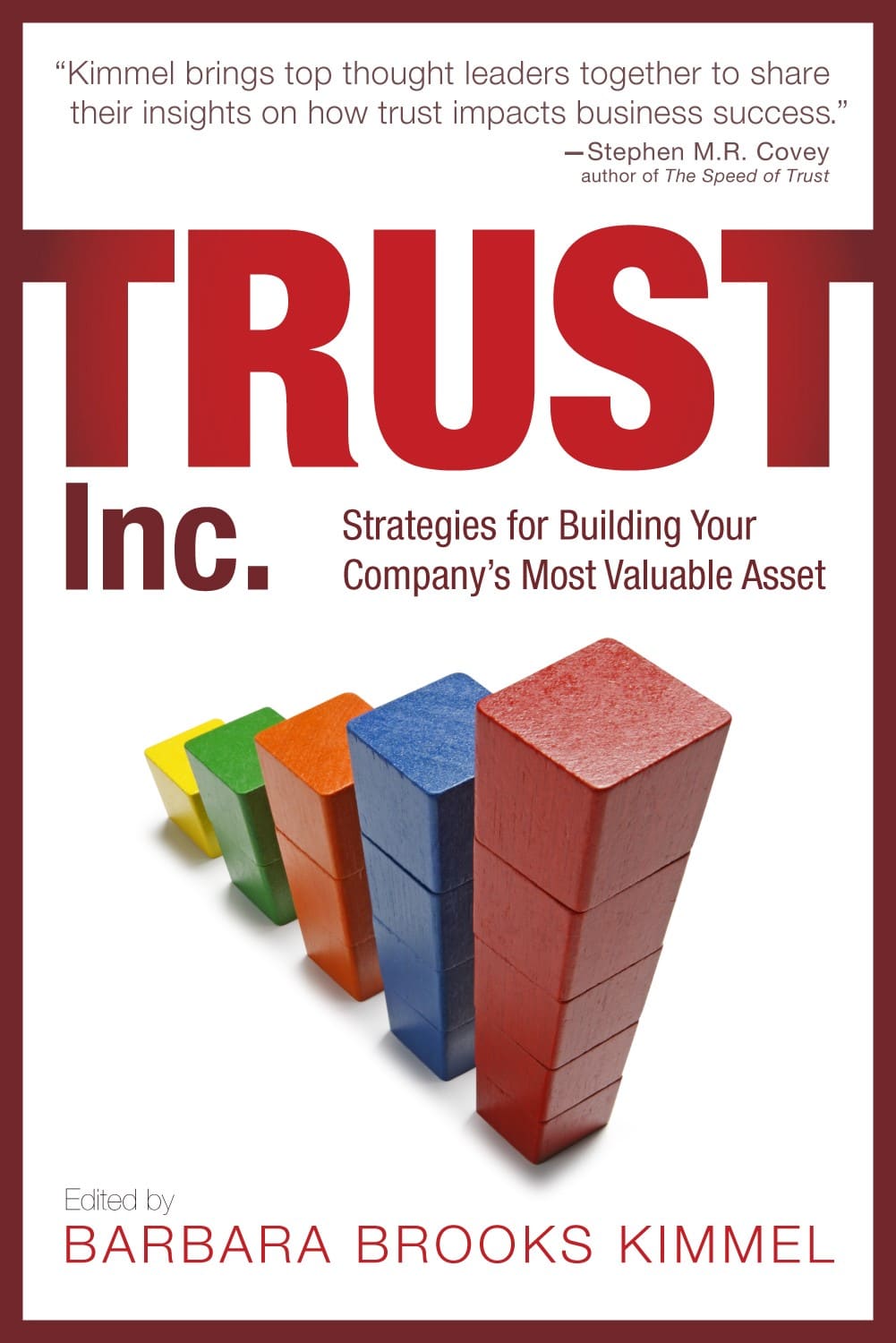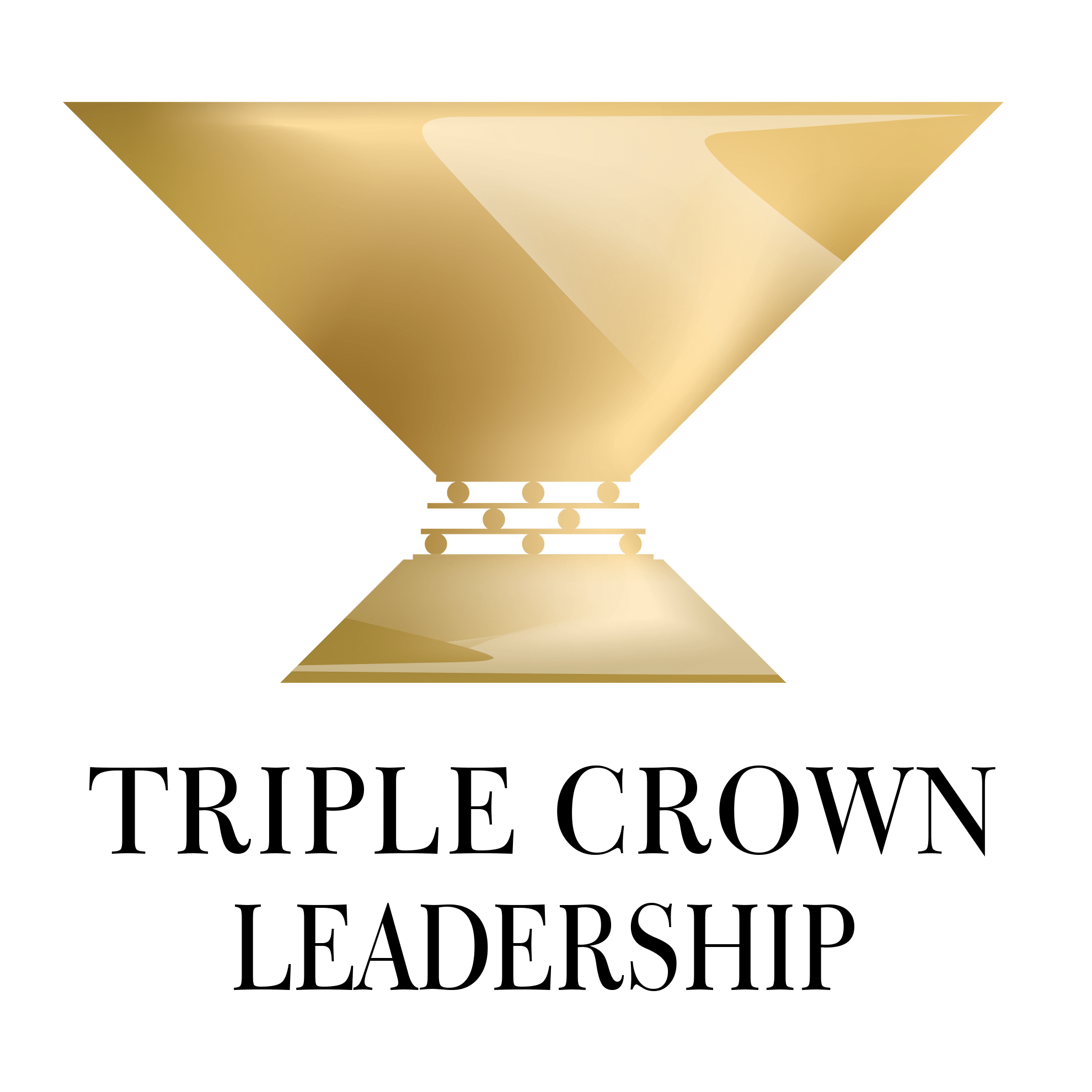We’re All Entrepreneurs Now
guest Blog by Mike Critelli During my 25-year tenure as a senior business leader, I have seen a remarkable change in the requirements for successful business leadership. Leaders today must adopt more entrepreneurial behaviors and imbed them in their organizations, however large or mature those organizations might be. The image of an entrepreneur as a … Read more




